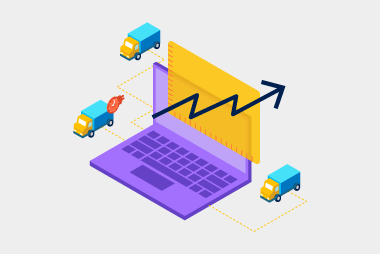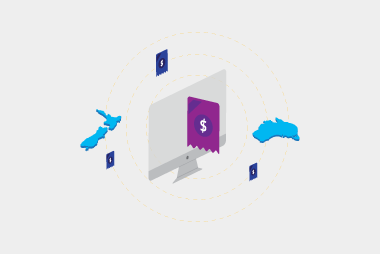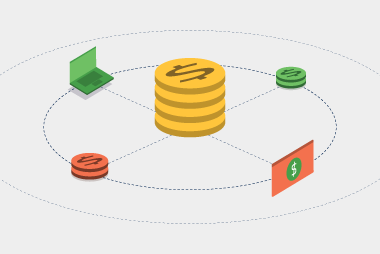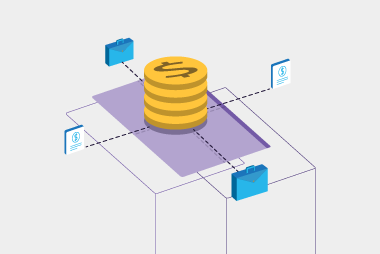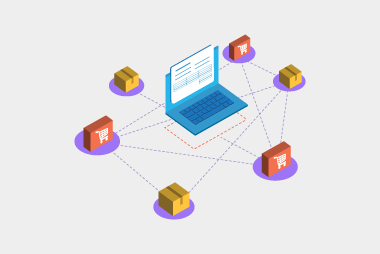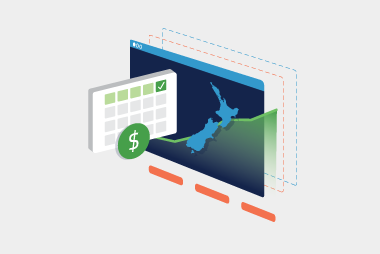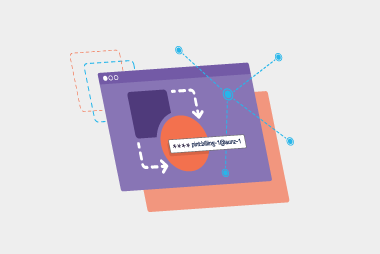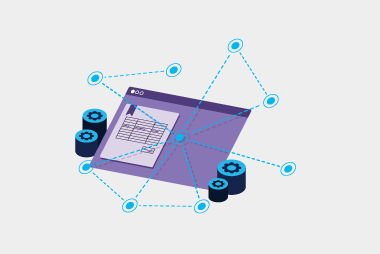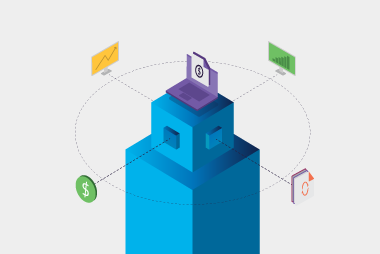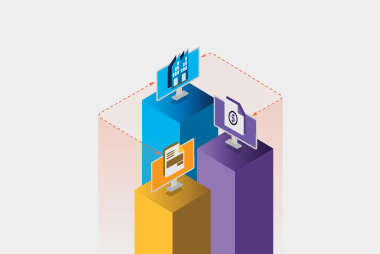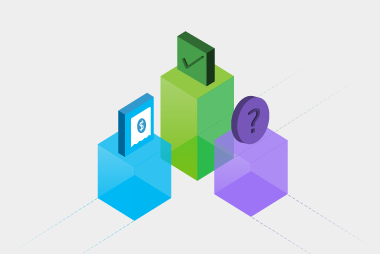Q: When are the typical peak periods in retail?
Peak periods in retail typically begin four to six weeks before major events such as Christmas, Easter, Mother's Day, Father's Day, Valentine's Day, Black Friday and Cyber Monday sales. For Christmas, the lead time depends heavily on the type of retail industry you’re in – obviously fresh foods have a much shorter lead time, but generally speaking, activity starts ramping up in late October to early November when forward orders are placed on suppliers. Demand can remain high through early December, if sales remain high. Strong sales lead to additional orders, while weak sales bring demand back to normal. When it comes to Easter, the lead time is shorter, usually around four weeks before the holiday. While Easter isn’t as busy as the Christmas period, demand on suppliers is high leading to longer than usual lead times. The level of demand depends heavily on sales performance in the first quarter of the year. Lower sales will result in higher stock levels required by retailers for the Easter period, while higher sales will lead to lower stock levels and will require additional orders.Q: What are some of the key pain points for both suppliers and retailers during these times?
Increased workload is an obvious one. For businesses who manually process orders, spikes in activity, like for events such as Father’s Day, can result in a surge of manual tasks, like order processing and invoicing. For instance, going from 10 to 40 orders a week creates a substantial workload increase. Businesses using integrated systems experience less strain, as these solutions handle increased activity more efficiently. Web form portals, while helpful, still require manual intervention, which limits scalability. Another pain point is poor communication across the supply chain and inadequate demand forecasting. Without clear forecasts, suppliers struggle to prepare for spikes, leading to congestion at delivery points, such as store backrooms. This also adds to workload pressures.Q: Why is important to plan ahead for peak periods?
Effective planning and proactive communication are crucial for managing deliveries and meeting demand during peak periods, both for buyers and sellers.- Scheduling specific delivery windows helps streamline the process, ensuring smoother operations and avoiding bottlenecks. It means retailers can plan for suppliers’ deliveries, ensuring staff are on hand to receive the goods, and it means the delivery partners aren’t waiting around waiting for stock to be unloaded.
- Suppliers benefit from analysing retailers' order patterns during busy times and planning accordingly. This preparation reduces the risk of shortages and ensures timely delivery for customers.
- Retailers can control key aspects by focusing on accurate demand forecasting and providing suppliers with clear, advanced communication. Offering sufficient lead times gives suppliers the best chance to meet expectations.
Q: How does EDI help to ease these pain points?
There are few ways EDI can help during peak times:- Eliminating manual data entry for both retailers and suppliers not only saves time but also reduces errors, streamlining operations.
- Documents like advanced shipping notices and purchase order responses provide retailers with more transparency. These documents offer critical details, such as shipping dates, expected delivery times and what stock can actually be delivered, helping retailers plan effectively.
- With better visibility, retailers can schedule manpower more efficiently, ensuring resources are aligned with delivery schedules.
- Having data in an electronic format enables smoother payment processes, such as matching purchase orders, deliveries, and invoices to trigger automatic payments, especially with three-way checking systems.
Q: How do you ensure your EDI setup can handle an increase in orders during peak times?
A few things to look at are:- System design: An efficient system is built by carefully designing processes that ensure the right messages with the right information are delivered to support visibility and informed business decisions.
- Data alignment: Keeping data clean and well-aligned within the system reduces errors, ensuring smooth operations and better decision-making.
- Capacity planning: Ensuring that your EDI infrastructure and processes can handle current and future data exchange requirements effectively. This involves running stress tests on high volumes of orders, identifying bottlenecks in processes and other performance tests.
Q: When should you start looking to implement EDI or switch EDI providers, given peak times?
There's no one-size-fits-all guidance when it comes to this. The amount of time needed to implement an EDI solution with a provider can depend on things like:- whether you're using EDI today or are brand new
- whether you need to undergo EDI accreditation testing with retailers and/or suppliers, and how involved and lengthy this process is
- whether you need to adjust internal processes to integrate EDI into business-as-usual operations
- any training you need to provide to your teams to manage the new processes effectively.
- Partnership value: Assess whether partnerships provide value for money and meet service expectations.
- System reliability: Digitalising the supply chain is beneficial, but all systems encounter issues at some point. It's important to have responsive support to address challenges promptly and minimise disruptions.
Q: Are there other tips you suggest for businesses to get on top of their peak business time pressures?
Take time to plan, it can be hard with pressures of day to day operations but it is important look forward to prepare better for peak times.Want to go through your EDI requirements with an experts? Getting in touch with us below.Request a call
Chat with one of our experts
Just fill out your details below and we'll be in touch within one business day.
